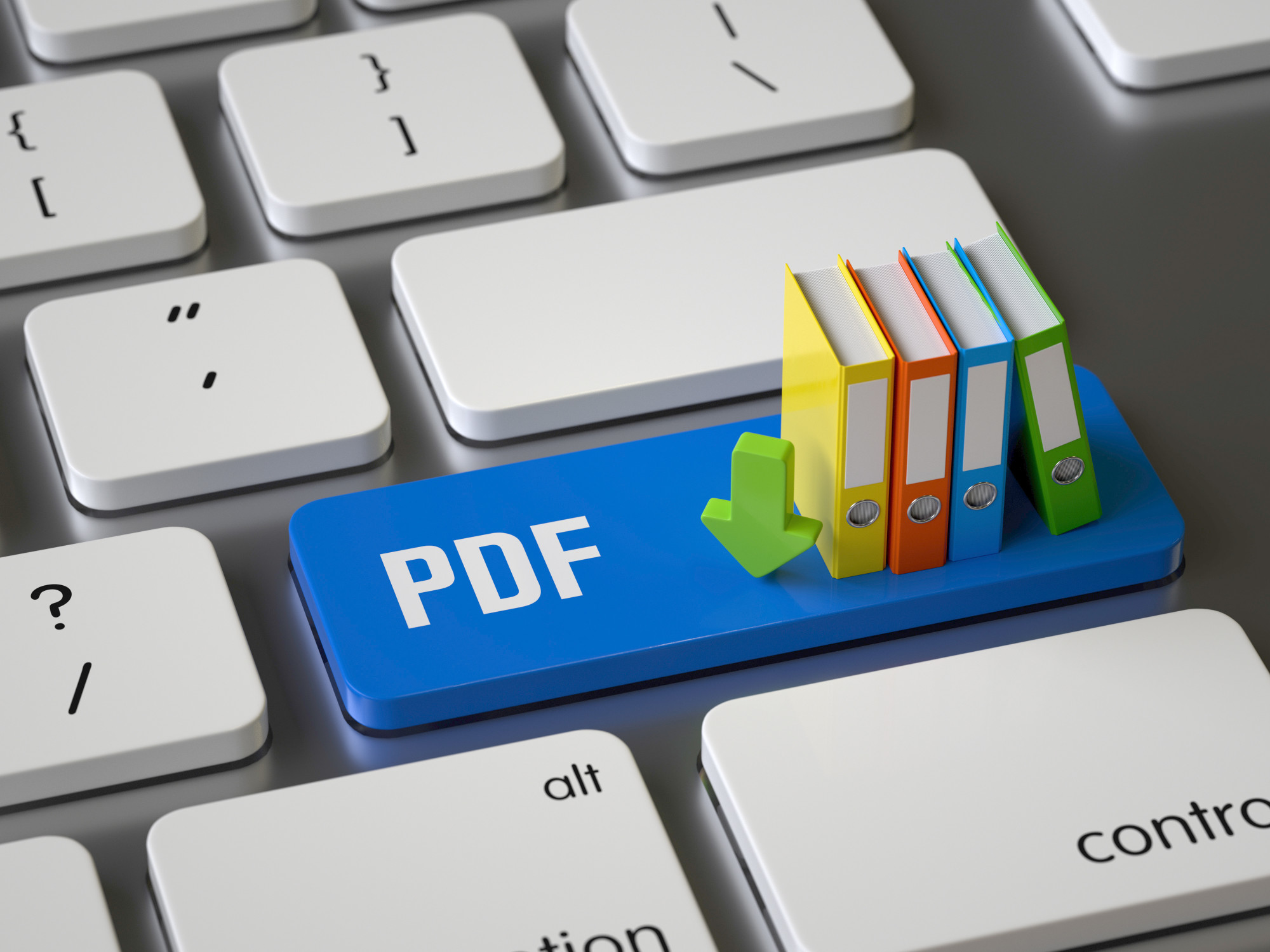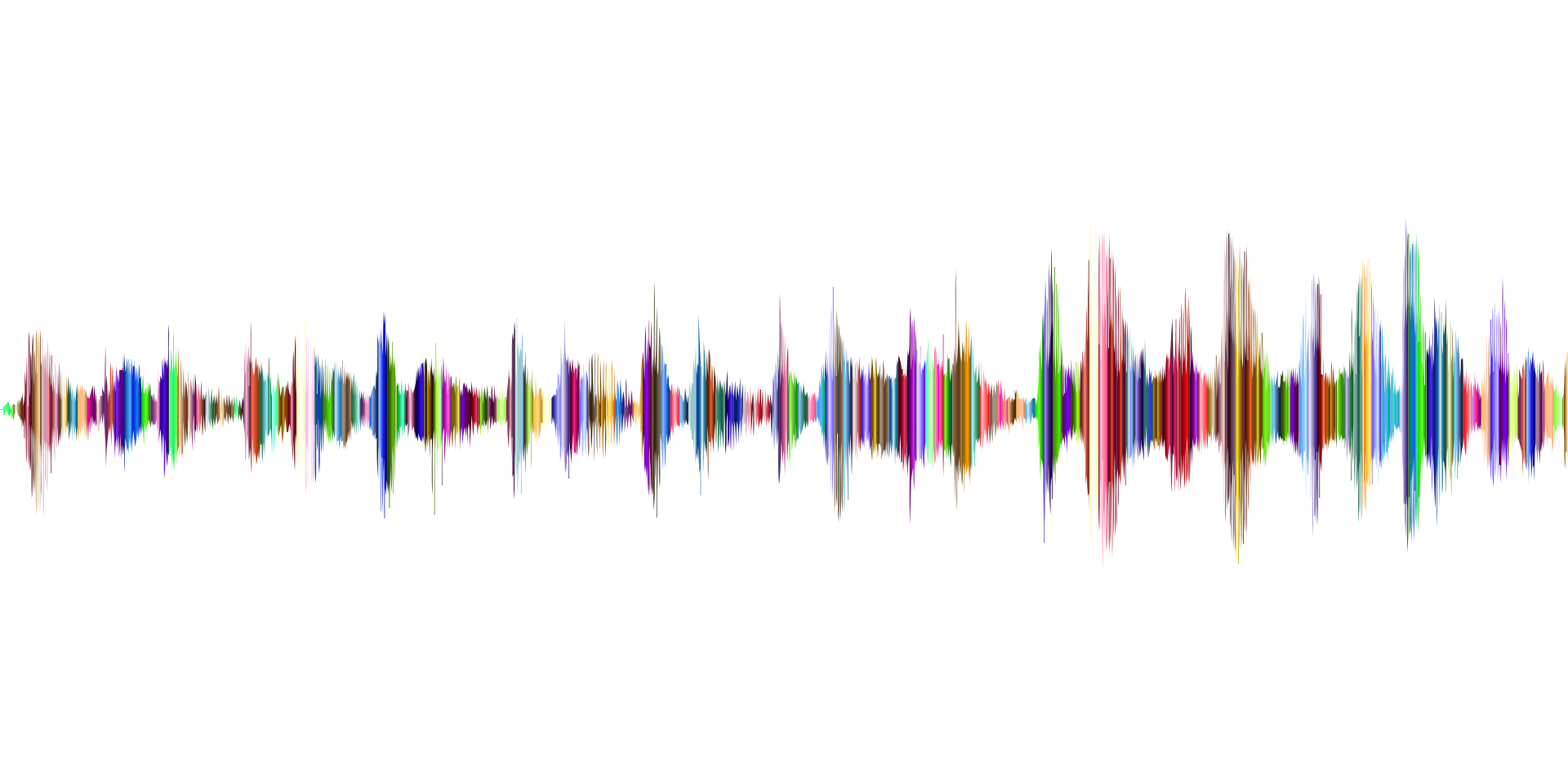Project files are notoriously complex. They contain information such as project timelines, individual to mass-group tasks, and control balances, budgets, and so much more.
And the problem is: not all file types work with all systems. Each has glaring limitations, but can be salvaged and covered if formatted to a different file type.
A perk over other file types is that ODTs offer smaller file sizes at the expense of limited capabilities. In this article we’ll go over how to convert files, such as MPTs and ODTs, to make sure your projects keep going smoothly.
MPT to ODT Conversion
A big question you may be asking is why would you want to convert files, such as an MPT to an ODT in the first place? In truth, the reasons are rather niche.
One of the reasons could be that the MPT you’re working on doesn’t have a lot of complex algorithms working in the background and may be better served in a simpler file format. ODTs, which work in many free software, are great for that.
Another is that your Microsoft Projects subscription is lost, being revoked, or no longer meets your needs. Keeping your information in a text-based file helps make that data accessible.
Make note, many of the functions will no longer be available once it’s converted into a text-based document format, such as DOC, DOCX, ODT, and so on.
MPT -> ODT Using Microsoft Projects
Perhaps the easiest way to convert MPTs to ODTs is if you have the Microsoft Projects application. When in your project folder, you can go up to “File” and “Save As…”
When saving, you should see a list of file types available to pick from. Picking the ODT option (as well as labeling the project something to distinguish it from your MPT file) is what you’ll want to do.
Afterward, you should be able to search in your files for the specific ODT file. Right-click the ODT file and choose which application you wish to open it with, to ensure that everything you wished to display transferred appropriately.
MPT -> ODT Using Online Applications
There’s a bevy of online converter’s that can turn any file into any other type of file. When it comes to complex files, such as MPTs, however, you want to make sure that you’re finding a reputable site.
Don’t deal with maddening pop-ups, paywalls, or anything else that screams “scam.”
You see, when you upload your MPT file, the conversion process will require you to download the fully converted ODT after. If you’re using an untrustworthy site, there might be more than you bargained for in that download.
(Viruses, malware, bloatware, all that stuff.)
Don’t upload anything with personal, private information until you can confirm the site is on the up-and-up.
MPT <- ODT Is Difficult
unfortunately, there’s no convenient way to turn an ODT file into an MPT file. It is possible to take an ODT, convert to a PDF, then subsequently turn that PDF into an MPP (the ‘final-form,’ so to speak, of MPTs).
However, to get a template out of an ODT file is… Not going to work well.
Imagine it like a cash exchange at a store. While you can go to a store and buy a hat for $5, it’s unlikely you’ll be able to go and use that hat at another store to buy something worth five dollars.
If you took it to a pawn shop, maybe they’d give you $1, but the exchange rate doesn’t equate.
Thus, don’t expect to have a full-functioning MPT just because you have a really well-documented ODT file.
What Are the Differences Between MPT and ODT?
Both file types perform similar functions. Yet, as seen with many file formats and their required conversion processes, these two come as a result of proprietary versus open source file types.
MPT File Format
AN MPT file is a Microsoft Project Template file. As expected, this is used in Microsoft Project, the company’s project management app.
An MPT is the basis for what eventually becomes an MPP (Microsoft Project) file. These types of files are great if you’re using Microsoft Project, but pretty challenging to use in other, open-source software.
These files types have synergy with other Microsoft Office applications. Being able to perform higher functions is a great utility for the format, but it comes at the expense of larger file sizes and lack of compatibility outside Microsoft.
ODT File Format
ODT stands for OpenDocument Text Document file. These often originate from the free, open-source OpenOffice word processor, “Writer”.
Unlike MPT, these documents are more akin to Microsoft’s DOC and DOCX file format, which is used in their widely popular Word Processor.
While there are graphic and analytical data to be found in these types of files, usually it’s a bit stripped down from their MPT counterparts. However, most programs can open and read ODT files, unlike the MPT files.
For example, Microsoft Word Online, Google Docs, LibreOffice, AbiSource, and many more document editors can open ODT files. And that’s in part because of the limited information ODTs can display.
Primarily, ODT files share text, images, themes, graphics, and of course all the styling choices found in most word-processors. This makes it an ideal file format for printing.
It also is convenient for sharing, as the data is stripped of most analytical functions and can thus be made into a smaller file size.
To repeat the warning from above, the transition back into an MPT is not as easy as it was to become an ODT.
Convert Files Digitally
Now you should know how to convert files like MPTs and ODTs with ease. No longer do you need to fear being trapped in one proprietary system! Just use the tools listed above and you should find great success.
Keep your files accessible. We make digital conversion easy. Whether you need to convert PDF to JPG files, or vice-versa, we’ve got you covered.









